For Vietnam, artificial intelligence (AI) is not only a technological trend but also a strategic opportunity to promote high and sustainable economic growth, aiming for technological autonomy and self-reliance in the new era.
The Importance of AI in Vietnam's National Agenda
AI is reshaping many industries and fields at an unprecedented pace, becoming a strategic priority for governments and leading businesses around the world . In the context of strong digitalization, this technology helps unlock creative potential, improve labor productivity and create a profound impact on the global economy.
According to forecasts by PwC and McKinsey, by 2030, AI could deliver around $5 trillion in value, largely through automation, data-driven decision-making and improved operational efficiency.
This confirms the pivotal role of AI in shaping the future in the fields of healthcare , finance, manufacturing and logistics. Globally, up to 75% of business leaders rank AI in the top three strategic priorities, demonstrating their determination to turn this technology into a long-term competitive advantage.
Vietnam is also strongly joining that trend. Vietnam's digital economy is assessed by Google, Temasek and Bain as the fastest growing in Southeast Asia, with an average growth rate of about 20%/year.
Regarding policy, the State has issued Resolution No. 57-NQ/TW of the Politburo on science, technology, innovation and digital transformation; and Decision No. 127/QD-TTg approving the National Strategy on AI to 2030.
In particular, on June 12, 2025, the Prime Minister issued Decision No. 1131/QD-TTg identifying 6 key AI product groups: Vietnamese language model, virtual assistant, specialized artificial intelligence, analytical AI, digital twin and virtual universe (Metaverse).
According to research by Boston Consulting Group (BCG), Vietnam's AI economy could reach 120–130 billion USD by 2040, opening up opportunities for breakthroughs in productivity and innovation.
Sharing with Dan Tri newspaper reporter, Dr. Ha Huy Ngoc, Director in charge of the Center for Research on Local and Territorial Economic Policy and Strategy (Vietnam and World Economic Institute) said: "This growth rate will come from two main drivers: Growth in consumer revenue, generating 45-55 billion USD through demand for products and services with AI applications; and saving 60-75 billion USD in costs thanks to increased productivity through automation, predictive analysis and improved performance.
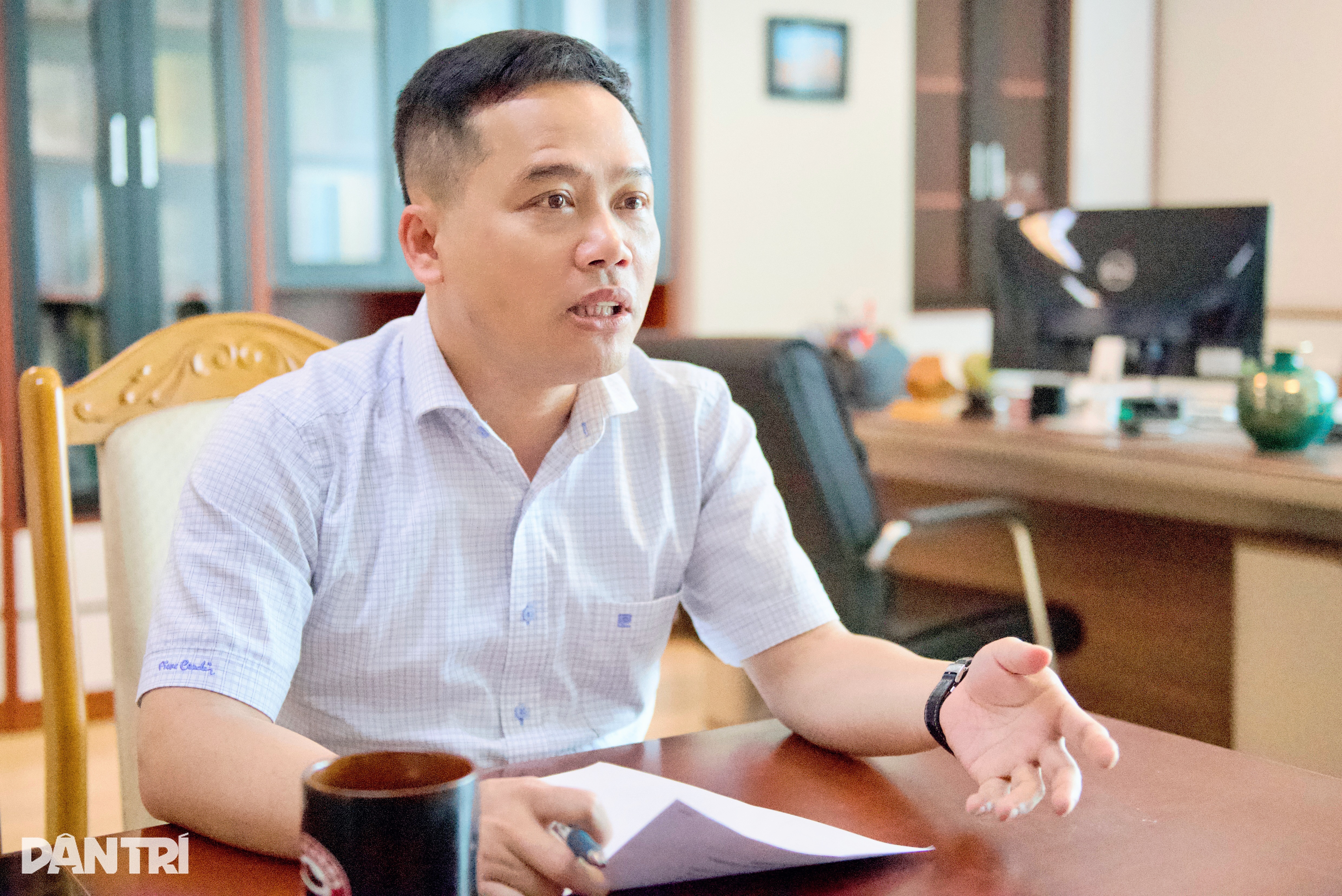
Dr. Ha Huy Ngoc, Director in charge of the Center for Research on Local and Territorial Economic Policy and Strategy (Photo: Quyet Thang).
These figures demonstrate the strong transformational potential and exciting opportunities that AI opens up for businesses, startups and policymakers in Vietnam."
Accordingly, Vietnam has identified AI as a pillar of national strategy by 2030. Many practical policies have been implemented to support human resource development, AI startups and research and development activities.
AI adoption is also increasingly widespread in the private sector. By 2024, Vietnam will rank second in Southeast Asia in terms of the number of startups and investment capital in AI.
“This is driven by the growing IT workforce, with more than 150 universities offering relevant courses and more than 60,000 graduates annually. Educational institutions such as Hanoi University of Science and Technology (HUST), University of Engineering and Technology (VNU), and Posts and Telecommunications Institute of Technology have launched bachelor’s and master’s programs in AI,” said Dr. Ha Huy Ngoc.
Vietnam's AI Economic Model
Many models for developing and evaluating the AI economy have been established. The main philosophy of the model focuses on human-centered AI, aiming to protect users from the risks associated with AI and empower them to fully exploit the benefits of this technology.
Dr. Ha Huy Ngoc pointed out the driving factors and challenges in AI development in Vietnam:
AI Strategy and Roadmap: More than 60 countries have national AI strategies and Vietnam is no exception.
In 2021, the National Strategy on AI was issued, creating a clear framework and specific goals for ministries and sectors, while facilitating the private sector and schools/institutes to promote AI application initiatives.
As the Ministry of Information and Communications (now the Ministry of Science and Technology) has implemented Decision 699/QD-BTTTT; the Ministry of Finance has an AI training and certification program, and the Ministry of Education and Training (MOET) has approved AI and Data Science programs at undergraduate and graduate levels.
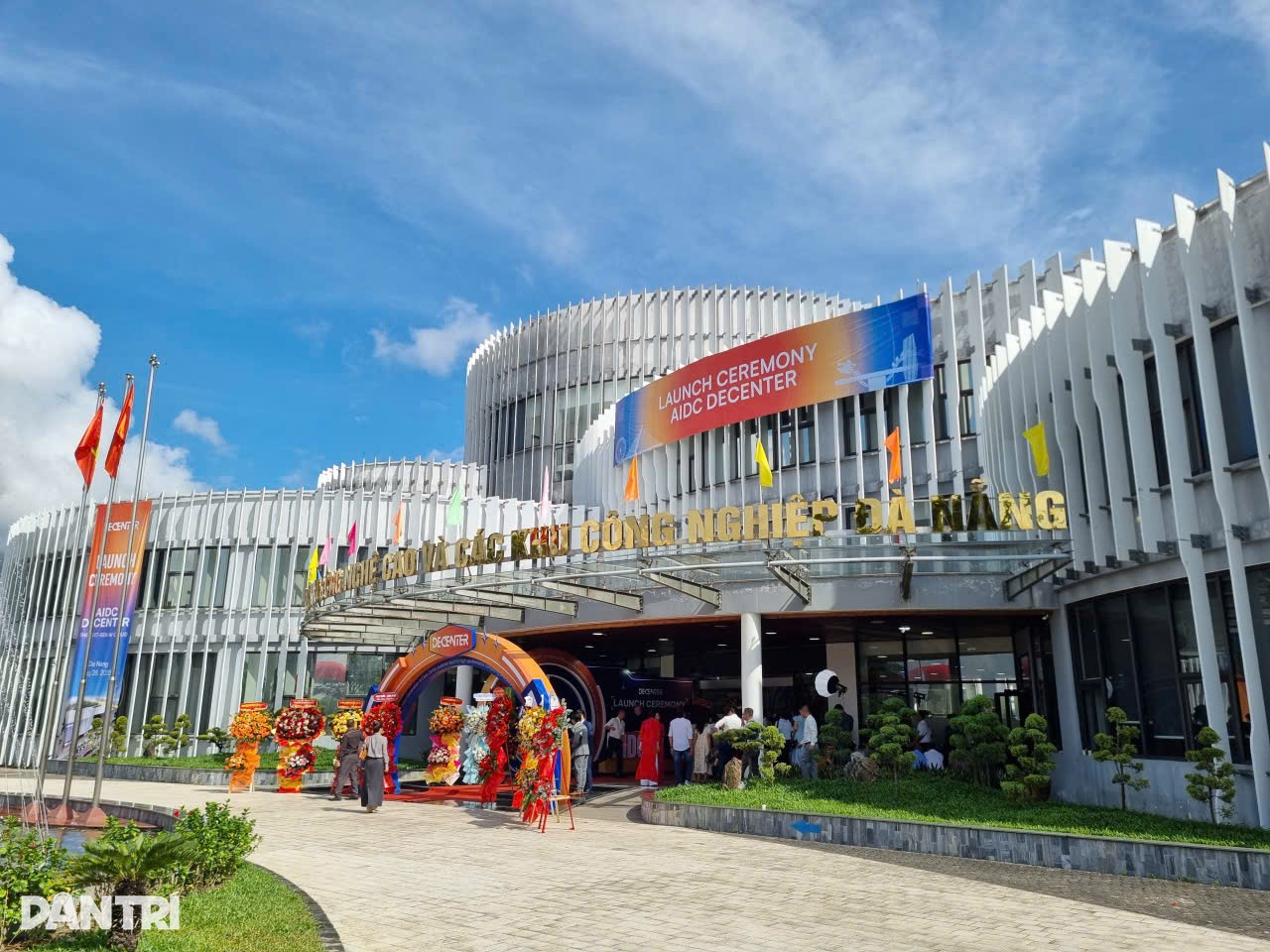
Da Nang High-Tech Park is attracting many domestic and foreign enterprises to invest and build factories and data centers (Photo: Trung Nam).
Vietnam is actively participating in international forums. In December 2024, Vietnam became one of more than 50 member countries of the Hiroshima AI Process, which aims to develop comprehensive and global AI governance.
These strategic partnerships not only help Vietnam build a recognized AI policy but also strengthen the country's position on the global AI map.
Public-private AI development cooperation: Vietnam's public sector is accelerating the application of AI, but most of it is still in the experimental stage in some localities or agencies.
Nationwide scaling faces many challenges, including the need for sustainable financing models, increased cross-sector and regional collaboration to enhance understanding, and improved access to cost-effective AI solutions.
In contrast, the private sector has widely adopted AI since 2019, especially in the banking, logistics, consumer and healthcare industries.
The banking industry is leading the way with applications such as facial recognition, eKYC, optical character recognition (OCR), and voice assistants. A leading commercial bank deployed an AI assistant to handle 52 million requests for 4 million customers, resulting in a 700% increase in conversion rates and 21% increase in cross-selling.

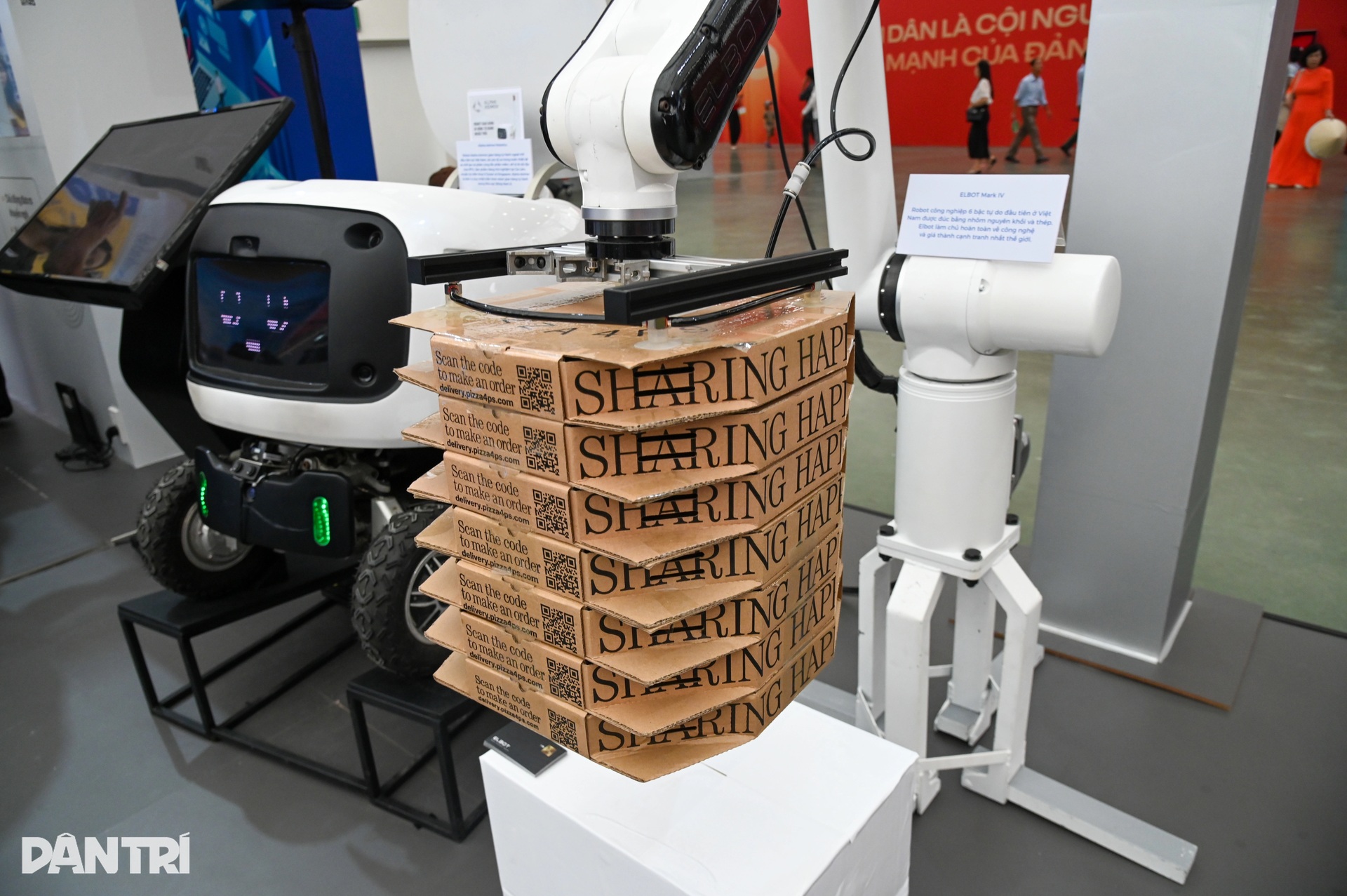
However, private businesses still face challenges with costs, limited AI capacity and understanding at many levels of personnel, along with a lack of access to high-quality data sets.
Building an AI startup ecosystem: AI startups in Vietnam are growing strongly in quality and quantity. Vietnam ranks second in Southeast Asia in terms of both the number of GenAI startups (27% of ASEAN's total) and accumulated investment capital (about 780 million USD by 2024).
This growth is driven by government initiatives, with the National Innovation Centre (NIC) playing a coordinating role; university support through incubation and training; and collaboration with private and international partners.
Training, talent attraction and R&D: Vietnam's IT human resources are growing rapidly. As of 2023, 165 universities have IT/ICT training programs, with the number of graduates increasing by 4% each year.
This workforce is expected to grow by 9% from 2022 to 2026, reaching 530,000 professionals. About 10 universities have started AI bachelor’s programs, training 1,700 students each year. Vietnamese students have a solid foundation in mathematics and general AI knowledge, but still lack practical skills due to limited cooperation with businesses and the small number of specialized training programs.
The AI R&D ecosystem is still in its infancy but has made significant strides, led by leading universities such as HUST and Vietnam National University, Hanoi (VNU).
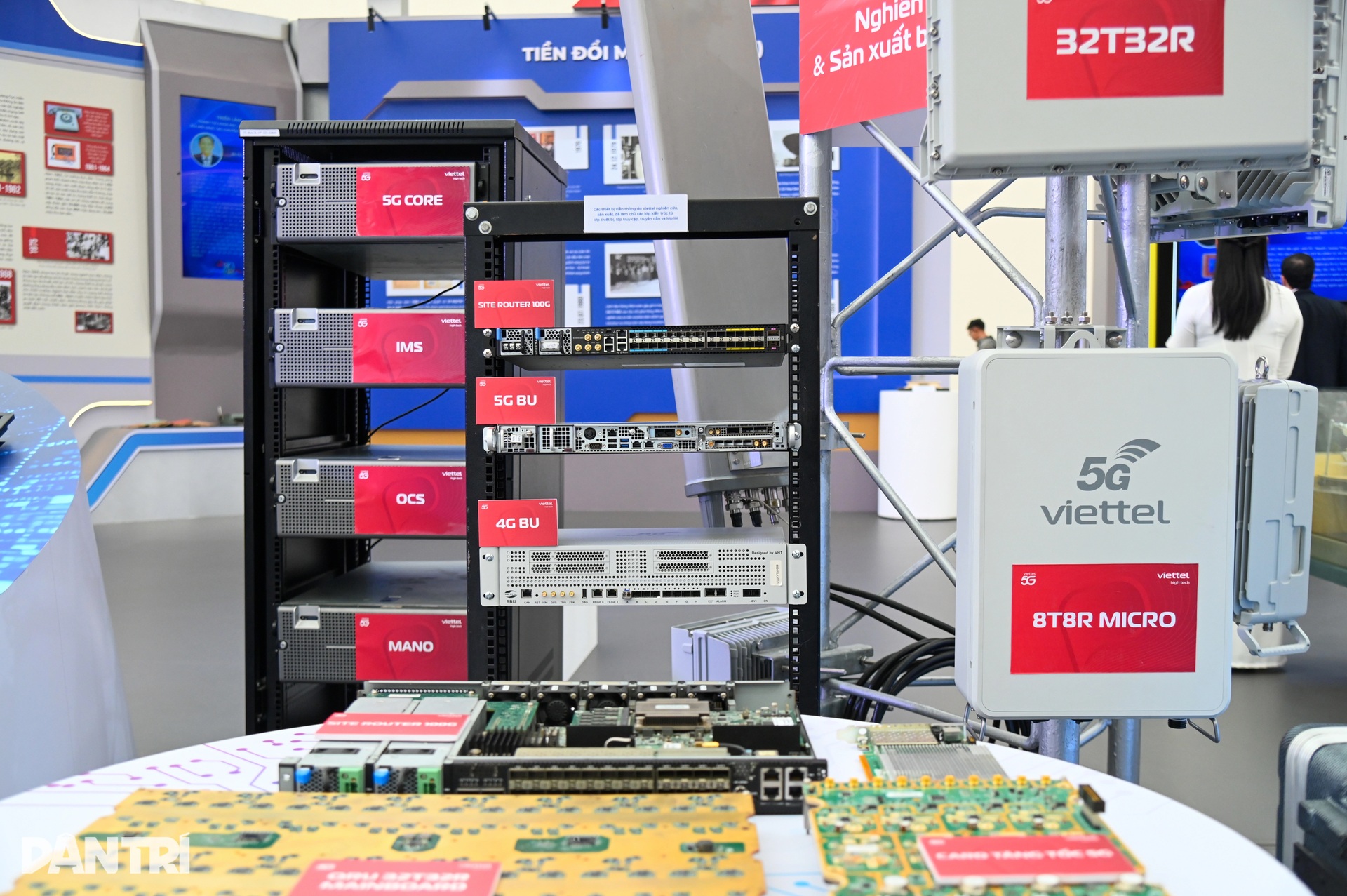
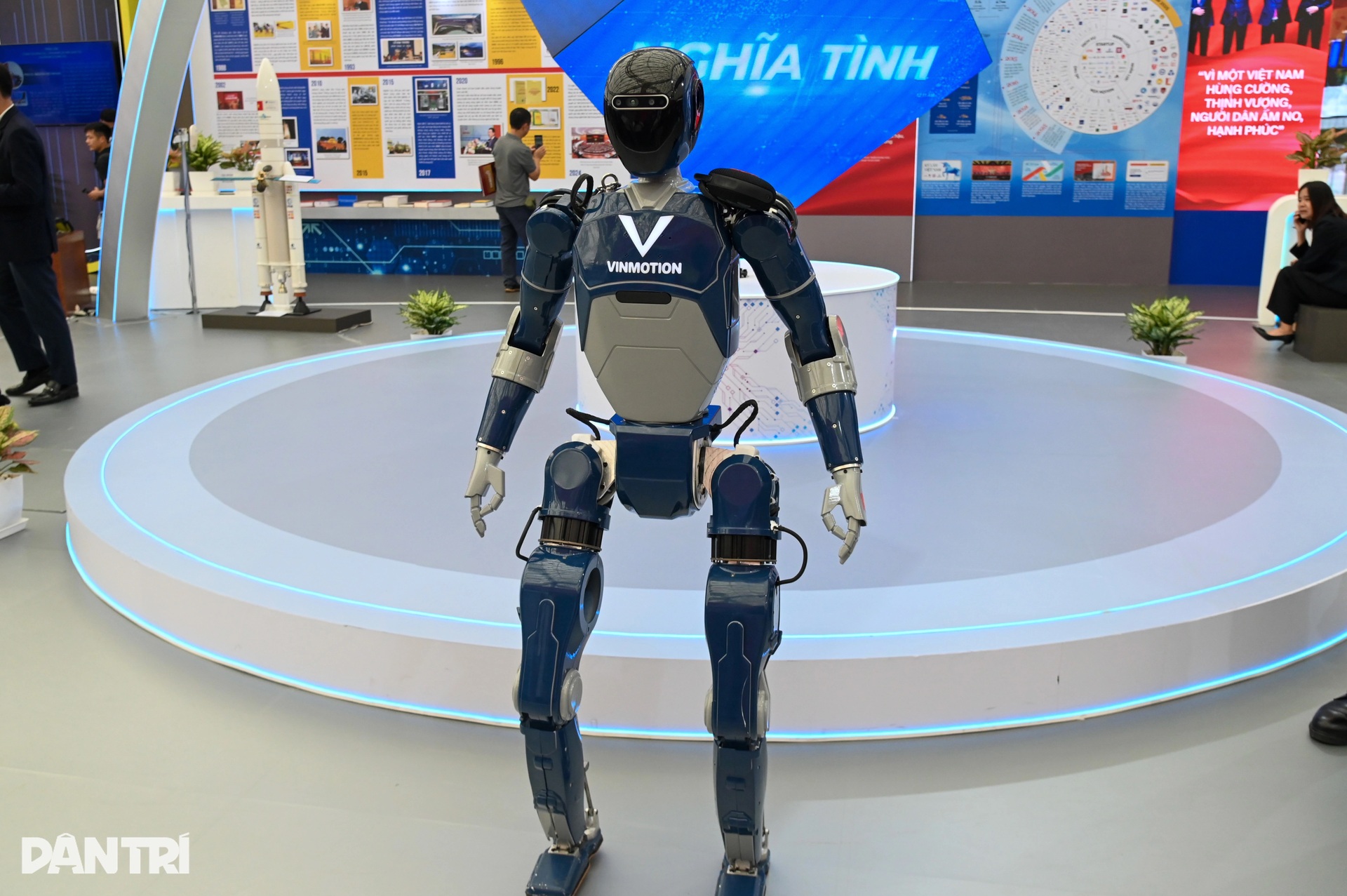
The number of AI research publications has tripled in the past five years. Domestic enterprises such as VinBigData and Viettel are also actively involved in AI R&D, developing platform models such as PhoGPT and practical solutions. On the government side, policies to encourage AI R&D and support research centers have been issued.
Data and computing infrastructure: Vietnam is making great progress in building a national database, notably the establishment of the first National Data Center in Hoa Lac and the completion of a national population database.
The private sector is also actively participating, typically with all commercial banks integrating customer biometric data into the National Population Database by 2024. However, access to domestic data remains limited, especially for researchers and small businesses.
Regarding digital infrastructure, Vietnam has identified this as a strategic priority. The National Digital Infrastructure Strategy 2024 has outlined a plan to attract investment. The government has also issued many preferential policies, such as allowing 100% foreign ownership of data center services under the Telecommunications Law 2023. However, access to high-performance computing is still concentrated in a few large corporations, making it difficult for startups and research organizations.
AI governance and information security technology
Vietnam has made important strides in building a legal framework to support data management and attract high-tech investment.
Legal documents such as Data Law No. 60/2024/QH15, Decree No. 47/2024/ND-CP on national databases and Decree No. 13/2023/ND-CP on personal data protection have created clear guidance for businesses, researchers and citizens.
However, AI-specific regulations such as the AI Ethics Guidelines and the AI Risk Management Framework are still in development. Strengthening the regulatory framework for enabling technologies such as open APIs and data commercialization is necessary to further accelerate the transition.
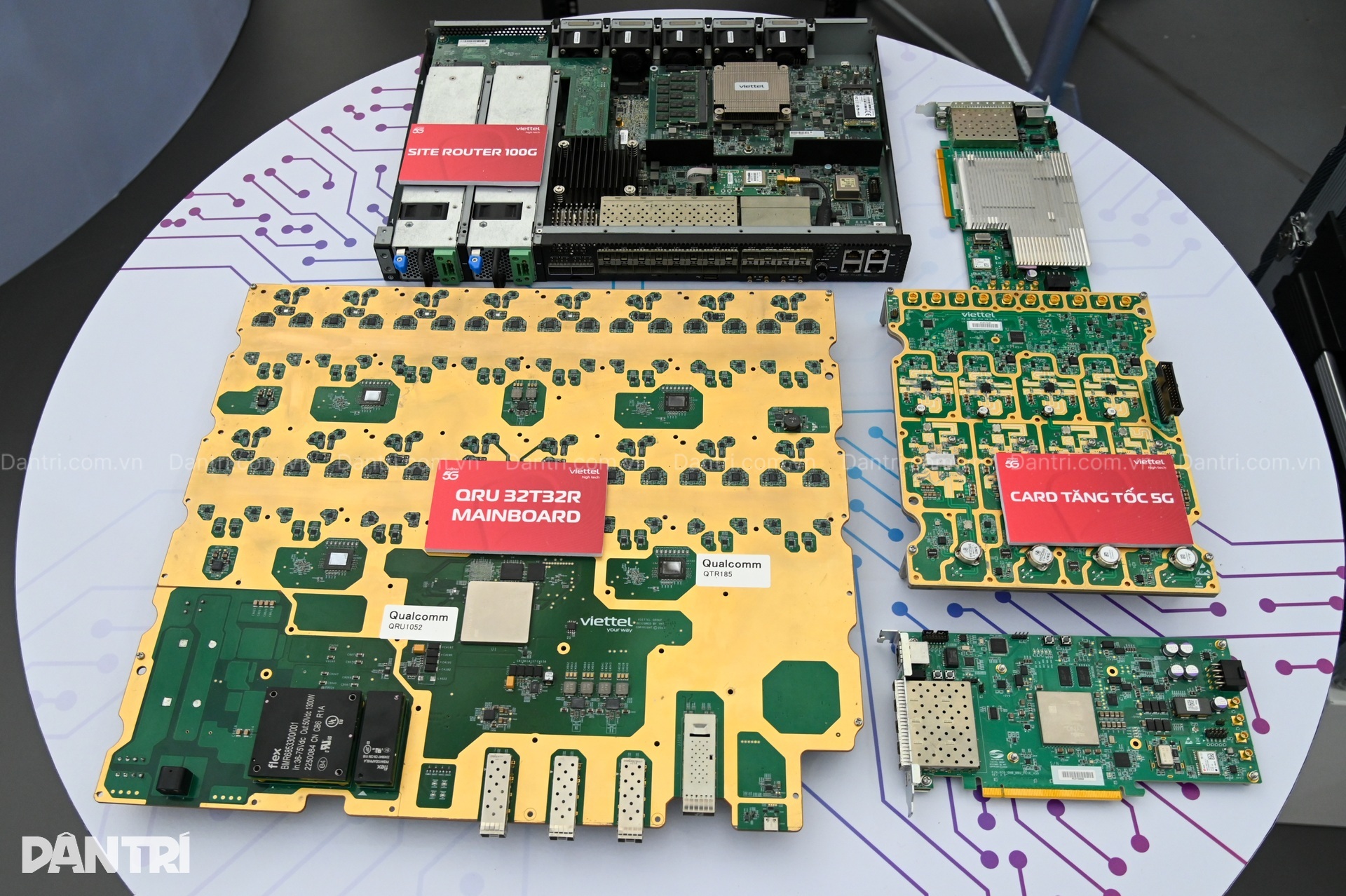
According to Dr. Ha Huy Ngoc, to maximize the potential of AI, Vietnam needs to strengthen growth drivers and supporting factors through six strategic pillars:
Expanding AI applications in the public and private sectors: The immediate focus is on areas that have a direct impact on life and the economy, such as public services, environmental management, healthcare, finance, and transportation. A phased rollout will help achieve quick results while expanding long-term applications. Public-private partnerships are key to ensuring widespread adoption.
Developing an AI startup ecosystem: Sustainable startup accelerator programs need to be promoted, combining technical support, business mentorship, funding opportunities, and collaboration. National funding packages will help businesses access preferential capital, creating a strong startup ecosystem.
Building a specialized workforce: Vietnam needs to train AI bachelor, master, and doctoral programs according to international standards, and deploy large-scale training courses. Strategic cooperation with global research centers and corporations will help domestic talent access advanced technology and real-world challenges.
Raising awareness and knowledge: AI education needs to be expanded to both the general public and professionals. Online platforms and the integration of AI knowledge into general education programs will help individuals and businesses access this technology safely and effectively.
Improve data and computing infrastructure: Ensure equitable access to high-quality data for small and medium-sized enterprises, universities, and research institutes. At the same time, encourage investment in high-performance computing infrastructure through international cooperation and preferential policies.
Building a comprehensive AI governance framework: Continue to improve regulations on risk management, ethics and intellectual property rights related to AI. Referencing international standards, such as the Hiroshima AI Process, will contribute to enhancing Vietnam's position, attracting investment and promoting responsible AI deployment.
With these six pillars, Vietnam has the foundation to fully exploit the potential of artificial intelligence, form a society ready to apply technology and gradually position itself as the leading innovative country in the region.
Source: https://dantri.com.vn/cong-nghe/mo-vang-cong-nghe-ai-viet-nam-co-tro-thanh-trung-tam-moi-o-dong-nam-a-20250831225220443.htm



![[Photo] Police blocks parade on Le Duan Street](https://vphoto.vietnam.vn/thumb/1200x675/vietnam/resource/IMAGE/2025/9/2/8f607af025d5437d828366c5e911bbda)
![[Photo] Parade groups bid farewell to the people after completing mission A80](https://vphoto.vietnam.vn/thumb/1200x675/vietnam/resource/IMAGE/2025/9/2/36d202d43ecc4ca8aede59a0e99f32ed)
![[Photo] The heroic and lovely moment when the armored vehicle passed by Hanoi Flag Tower](https://vphoto.vietnam.vn/thumb/1200x675/vietnam/resource/IMAGE/2025/9/2/5b07b9f62ee94db287a0ae3a27b6db51)

![[Photo] The army marched proudly on the street with loud cheers.](https://vphoto.vietnam.vn/thumb/1200x675/vietnam/resource/IMAGE/2025/9/2/c0dc9a5121094991bd7c5a02166b3a4f)
![[Photo] Bustling atmosphere at Ba Dinh Square on National Day](https://vphoto.vietnam.vn/thumb/1200x675/vietnam/resource/IMAGE/2025/9/2/c441c931800d4ff8a4a5b2ed4d4c496b)



































































![[Live] Parade and march to celebrate the 80th anniversary of the August Revolution and National Day September 2](https://vphoto.vietnam.vn/thumb/402x226/vietnam/resource/IMAGE/2025/9/2/ab9a5faafecf4bd4893de1594680b043)





























Comment (0)